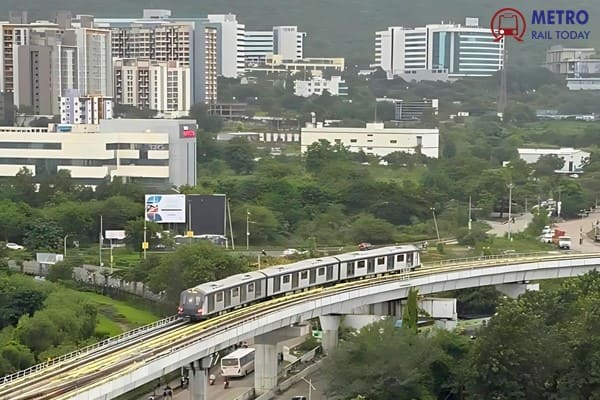 Kalpataru-HG Infra Engg JV wins ₹1,415 Crore EPC Contract for Thane Metro Rail Project
Kalpataru-HG Infra Engg JV wins ₹1,415 Crore EPC Contract for Thane Metro Rail Project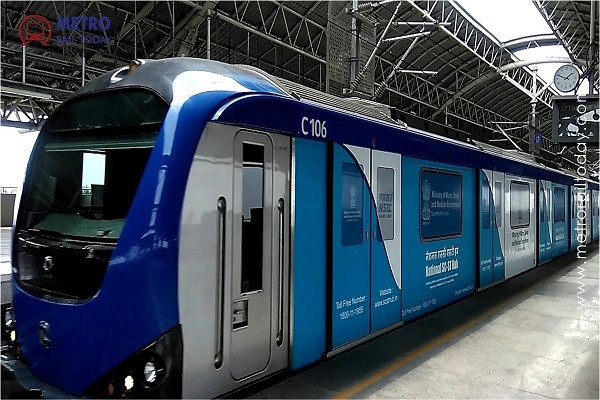 Chennai Metro launched tender to procure 28 Rolling Stock Trainsets to handle Phase 1 Ridership
Chennai Metro launched tender to procure 28 Rolling Stock Trainsets to handle Phase 1 Ridership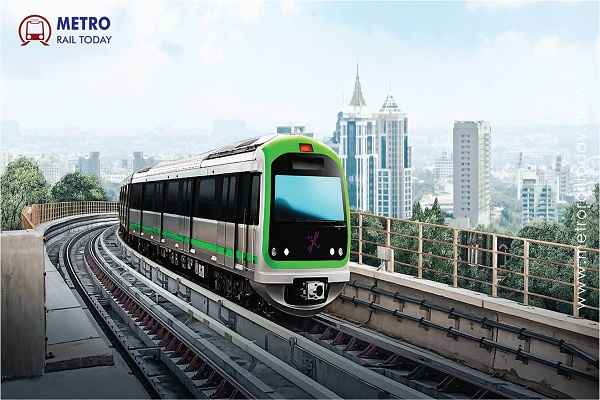 Tender launched for appointment of DPR Consultant for 59.6 km Bengaluru–Tumakuru Metro Extension
Tender launched for appointment of DPR Consultant for 59.6 km Bengaluru–Tumakuru Metro Extension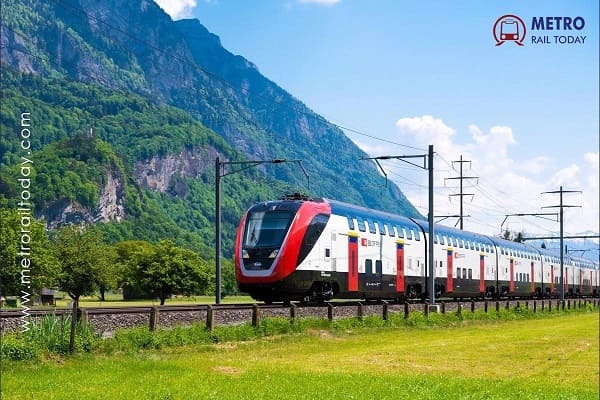 RITES targets African Rail Market with New Financing Model for Cost-Effective Rolling Stock
RITES targets African Rail Market with New Financing Model for Cost-Effective Rolling Stock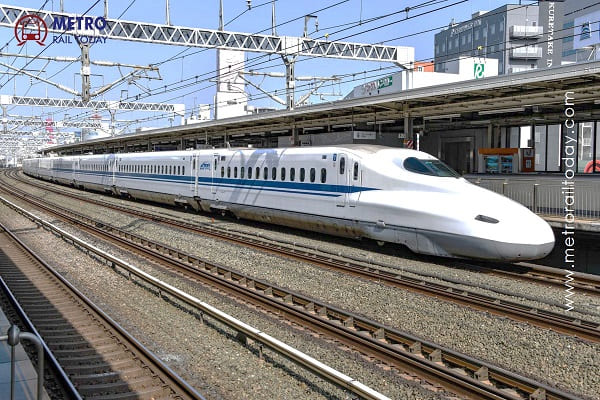 India’s First Bullet Train to begin Operations on 100-km Surat–Vapi stretch by August 2027
India’s First Bullet Train to begin Operations on 100-km Surat–Vapi stretch by August 2027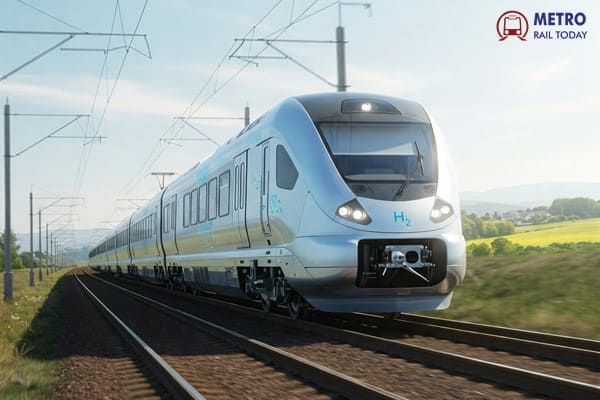 Railway eyes record ₹3 Trillion Capex in FY27 to accelerate modernisation and High-Speed Expansion
Railway eyes record ₹3 Trillion Capex in FY27 to accelerate modernisation and High-Speed Expansion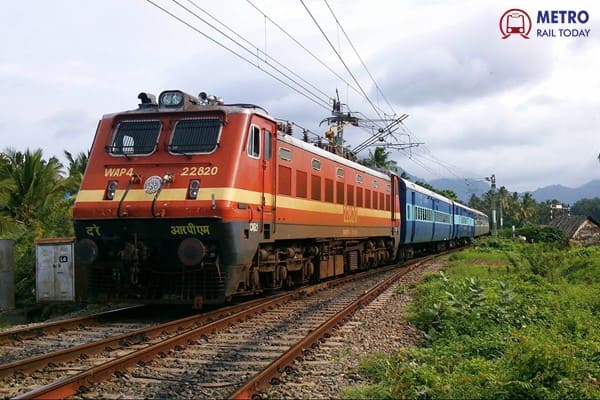 The Future of Railways in India: From Gauge Conversion to High-Speed Corridors
The Future of Railways in India: From Gauge Conversion to High-Speed Corridors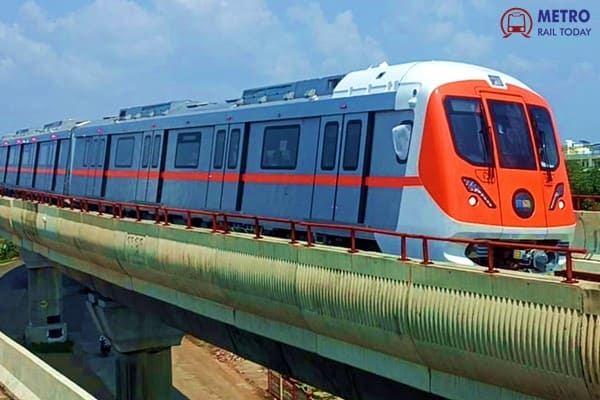 CMRS concludes 3-Day Safety Inspection of Bhopal Metro Priority Corridor
CMRS concludes 3-Day Safety Inspection of Bhopal Metro Priority Corridor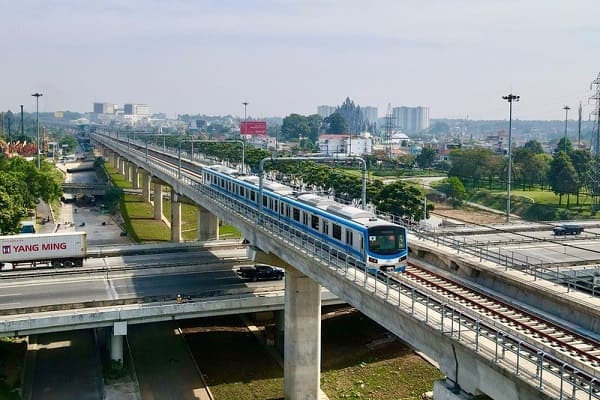 Ho Chi Minh City to invest USD19.67 billion to develop 232 km of Urban Railways by 2030
Ho Chi Minh City to invest USD19.67 billion to develop 232 km of Urban Railways by 2030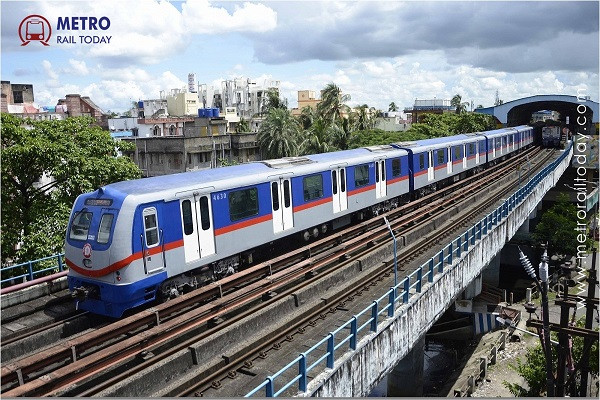 Kolkata Metro Blue Line to receive AI-Powered Security upgrade by March 2026
Kolkata Metro Blue Line to receive AI-Powered Security upgrade by March 2026
White Elephants on Rails: How Politically-Driven Metro Projects Are Draining Public Funds?

In recent years, the metro rail revolution in India has seen a surge in ambition — and a simultaneous collapse in logic.
From the narrow 3.6-km Patna Metro stretch flagged off this week to the 6.3-km Indore Metro line and the 5.2-km Kanpur Metro, the story is increasingly the same: piecemeal, politically-timed launches of metro rail systems that are too small to make a real difference and too expensive to justify in their current form.
Far from being engines of transformation, these metro systems are fast becoming white elephants, guzzling thousands of crores in capital and operational expenses while failing to offer meaningful service or ridership.
We are not building metros to chase political milestones; we must build them to solve mobility problems.
The Patna Paradox: 3.6 km of Metro for a City of 3 Million
On October 6, 2025, Bihar's Chief Minister flagged off commercial services on the New ISBT–Bhootnath Road section — a mere 3.6 km segment of the planned 35-km Patna Metro Rail Project, with just a handful of stations operational.
With a total project cost of over ₹13,000 crore, this initial stretch serves less than 2% of the city’s daily commuters, and operational losses are expected to run into crores annually.
Rather than solving congestion or enabling modal shift from road to rail, such token operations serve one clear goal — political optics.
Indore and Kanpur: The Illusion of Progress
Madhya Pradesh's Indore Metro, launched on a 6.3-km pilot stretch, is another glaring example. Despite the city being one of India’s cleanest and most rapidly urbanizing, a partial metro has negligible impact on its daily transportation ecosystem.
In Uttar Pradesh, the Kanpur Metro is currently operational on a 5.2-km stretch with ridership figures reportedly under 10,000 per day, compared to over 10 lakh daily bus commuters. The Lucknow Metro, which has a longer stretch of around 23 km, also sees modest ridership and is running at a loss, according to data from state RTI responses and government audits.
Meanwhile, Jaipur Metro, launched in 2015, continues to operate at under 25% of its designed capacity and has accumulated losses of over ₹500 crore, as per Rajasthan government audit reports.
Cost vs. Coverage: The Disproportionate Investment Trap
Let’s look at the scale of investment:
| City | Operationa Length | Approx. Cost (₹ Cr) | Daily Ridership | Loss per Year |
|---|---|---|---|---|
| Patna | 3.6 km | ₹13,000 Cr (projected) | <5,000 (estimated) | TBD |
| Indore | 6.3 km | ₹7,500 Cr (projected) | <7,000 (estimated) | ₹20–30 Cr (expected) |
| Jaipur | 12 km | ₹3,149 Cr | ~30,000 | ₹67 Cr (FY 2023-24) |
| Navi Mumbai | 11 km | ₹4,000 Cr+ | ~10,000 | ~₹60 Cr loss |
| Kanpur | 5.2 km (out of 32 km) | ₹11,000 Cr | <10,000 | High O&M costs |
(Source: Government audit reports, DPRs, media coverage including Metro Rail Today, The Hindu, Financial Express, and RTI replies)
In most of these cases, O&M (Operations & Maintenance) costs far exceed revenue, creating a fiscal black hole sustained only by government subsidies. This is unsustainable in the long run, especially in cities that lack dense, integrated public transport ecosystems.
Political Optics Over Public Planning
What drives these projects then?
Political calendarization. Metro rail projects are increasingly being used as symbols of development during election seasons. Announcements are made just before polls, trial runs are fast-tracked for ceremonial launches, and partial stretches are commissioned even before the full system is ready.
Rather than focusing on feasibility studies, urban density, last-mile connectivity, or actual commuter behavior, the priority becomes inaugurating “a metro” — no matter how small, underutilized, or incomplete.
This has led to:
-
Lack of last-mile connectivity (no feeder buses or parking)
-
Unviable alignments chosen under political pressure
-
No integration with existing public transport systems
-
Unrealistic ridership projections in DPRs
-
Poor financial sustainability
A Contrast Worth Noting: The Delhi Metro Model
The Delhi Metro Rail Corporation (DMRC) remains the benchmark. Why?
-
Leadership stability — with technocrats like E. Sreedharan at the helm for years.
-
Scientific planning — with corridors prioritized based on commuter demand.
-
Phased expansion — each phase fully funded and aligned with urban growth.
-
Ridership-oriented design — with over 60 lakh daily ridership even today.
-
Multimodal integration — with buses, autos, and last-mile links.
Delhi Metro’s success lies not in photo-ops but in delivering real urban mobility outcomes. That’s the lesson other states ignore at their peril.
Time for a Pause and Rethink
India’s urban transport landscape desperately needs a course correction. The obsession with metro projects as political trophies must end. Instead, cities must:
- Conduct honest demand assessments
- Plan multi-modal networks (buses, trams, metro, EVs)
- Ensure long-term funding viability
- Insulate metro corporations from political interference
- Appoint domain experts, not just IAS officers, to lead
Conclusion: Trains Going Nowhere?
The dream of transforming Indian cities through metro rail is both ambitious and necessary. But if metros are built just to be inaugurated — and not operated effectively — they risk becoming billion-rupee monuments to misplaced priorities.
India needs urban transport systems that move people, not political agendas.
Before we lay another track or launch another trial run, let’s ask the hard question:
Are we building mobility — or just monuments?




